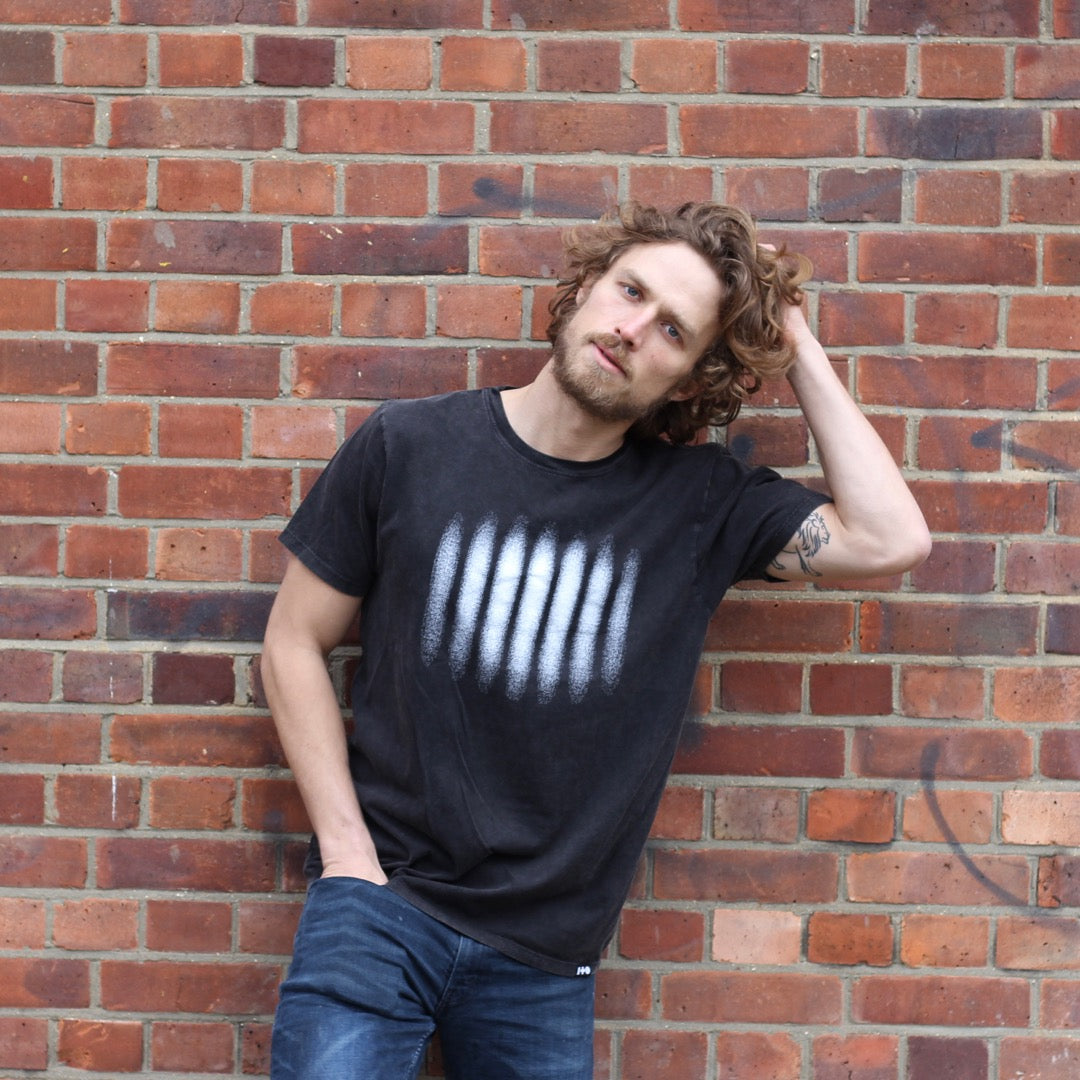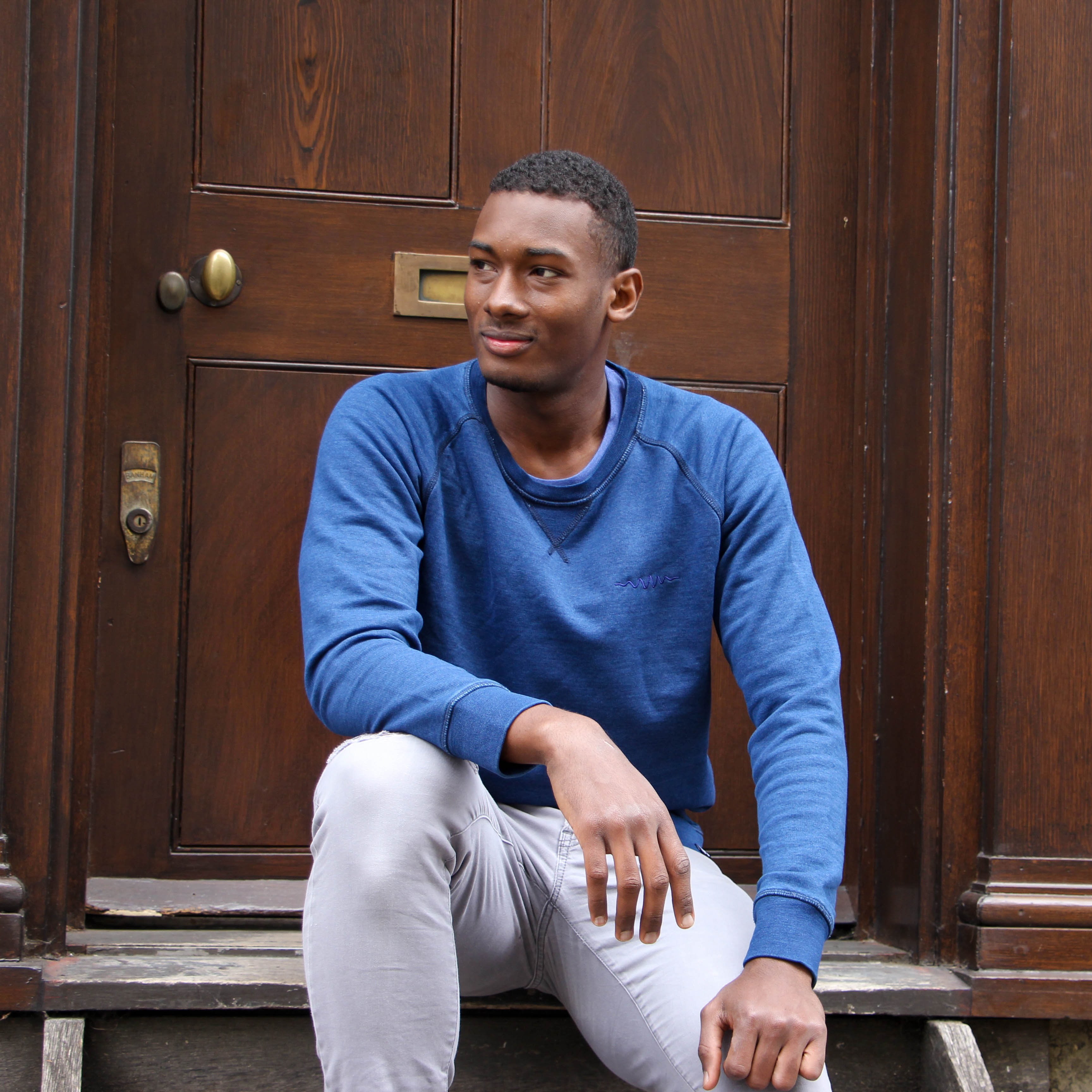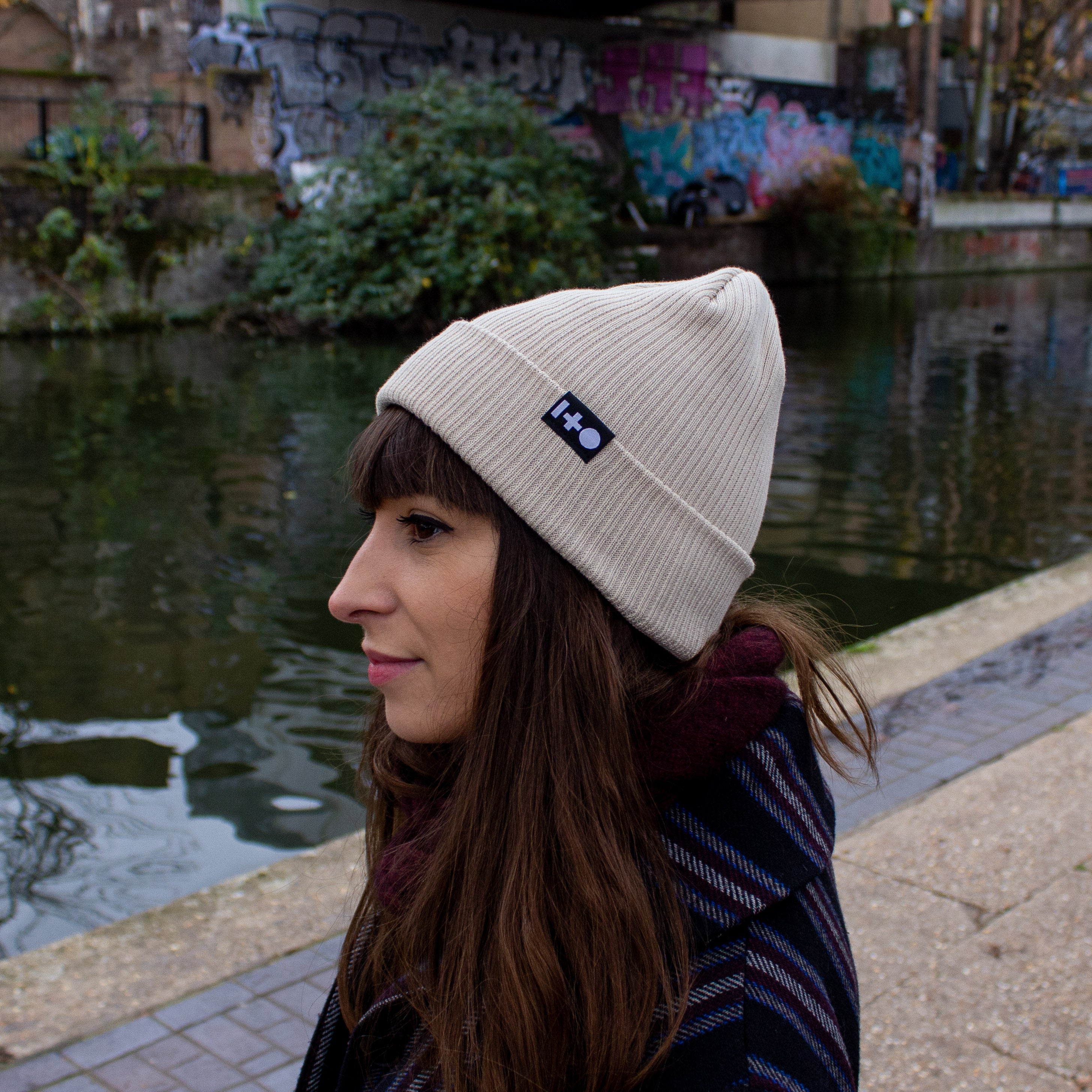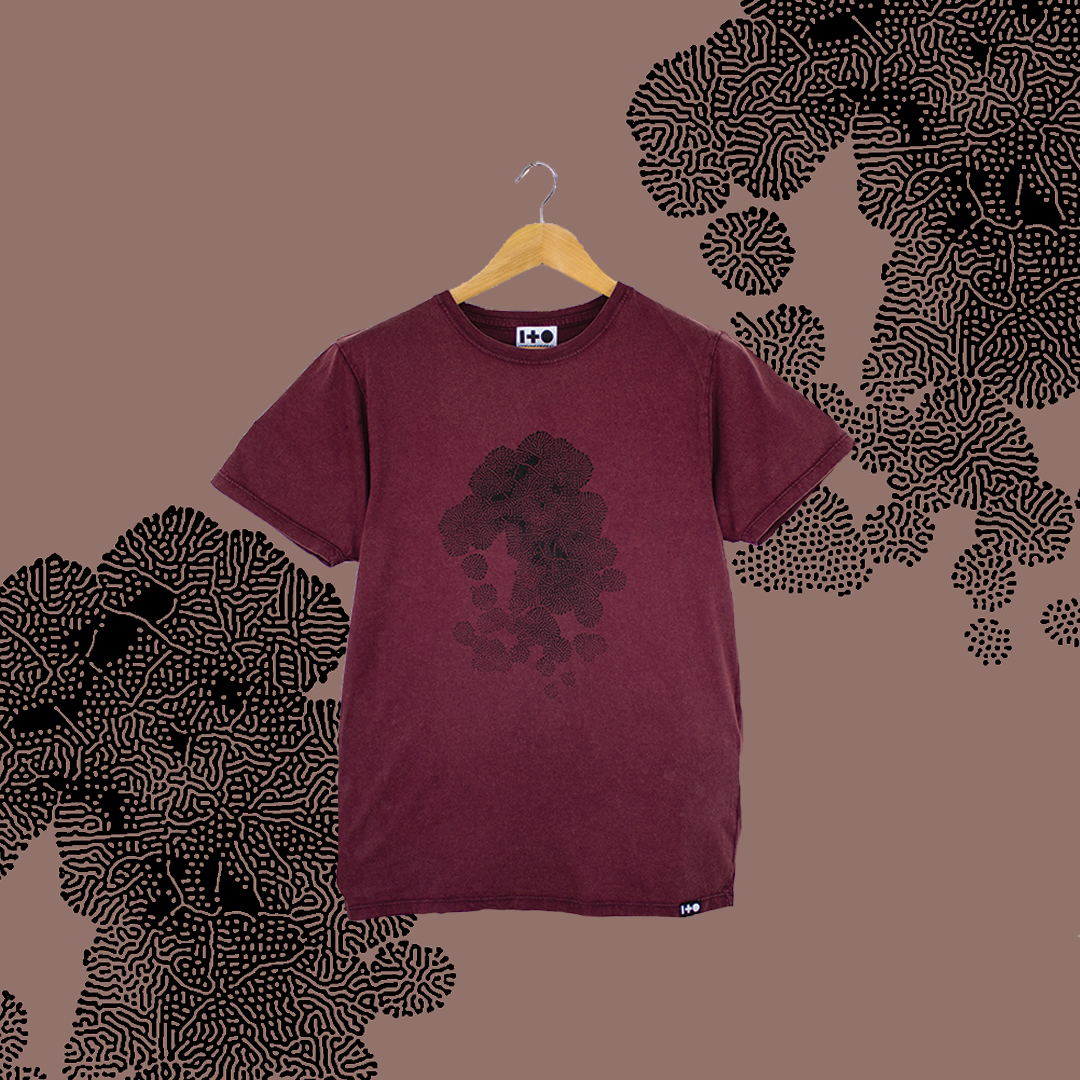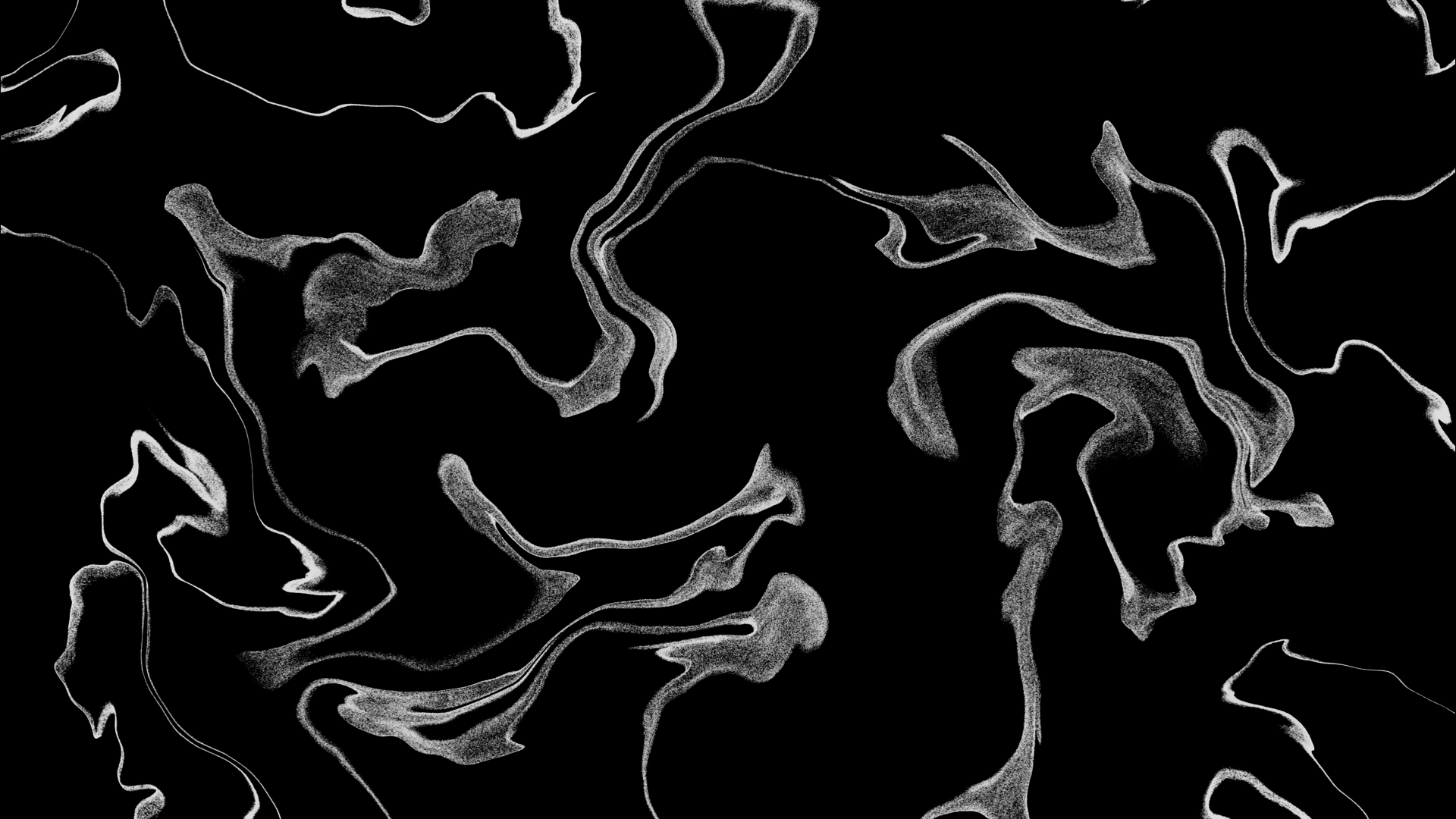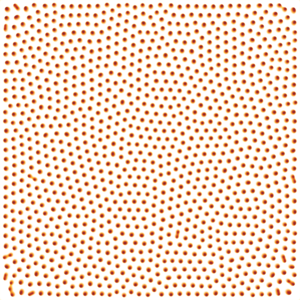Nature contains a multitude of beautifully complex patterns, which often leave us wondering how they are produced. Fascinatingly, many of nature’s most iconic patterns are created by Reaction-Diffusion systems.
The order that creates nature’s complexity is often shrouded in mystery and has puzzled thinkers for millennia. Yet, from animal camouflage patterning, to their territorial areas or the self-organisation of ecosystems, Reaction-Diffusion models elegantly recreate some of nature’s most distinctive forms.
Reaction-Diffusion therefore offers a window to explore how simple processes, unfolding from clearly defined rules, can create dynamic and intricate patterns, like those found in biology and the natural world.
Theory: What is Reaction-Diffusion and how does it work?
Reaction-Diffusion, put simply, simulates how ‘chemicals’ or ‘agents’ react and diffuse out in space. The colours within the animations illustrate the varying concentrations of each agent at any given point.
One prominent Reaction-Diffusion system is the Gray-Scott Model, which works by digitally simulating how just 2 chemicals diffuse and interact.
It is made from a few simple rules that govern how the digital agents spread out and interact. The basic rules of the system are:
· There are 2 chemicals: A and B
· When you get 2xA and 1xB at a certain point, they fuse to become 3xB
· Chemical A and B diffuse outwards at specific rates
· Chemical A is continually generated within the system at a specific rate
· Chemical B decays and is thus removed from the system at a given rate
These rules are then calculated across time to create the evolution of the system.
Reaction-Diffusion creates a wide diversity of patterns and dynamically moving structures, as is illustrated by the videos within this post. The importance of initial conditions and the calibration of the settings mean only minor tweaks can drastically alter the system. This is seen in the diversity of forms within the videos where only the parameters and starting conditions have been slightly adjusted.
Reaction-Diffusion Mimicking Nature
Reaction-Diffusion patterns, often referred to as ‘Turing patterns’ and are found all across the natural world. Turing patterns takes their name from Alan Turing, one of the founding thinkers of mathematical biology, whose work examined the rules governing morphogenesis in nature.
The underlying processes which generate the patterns we find in nature will of course be more complex than the perfect abstraction of any Reaction-Diffusion computer model. Yet formal models offer valuable insights into the dynamics that drive pattern formation.
Beyond simply replicating the visual patterns, Reaction-Diffusion models help to make clear the underlying dynamic forces that create pattern. The models help show how tensions between ‘activating’ and ‘inhibiting’ forces conspire to produce form. So spots can get larger to become stripes, which can then join to become mazes, all depending upon the relative pressures of activation and inhibition.
Equally, yet in a vastly different domain, predator-prey relationships can also resemble Reaction-diffusion systems. Animal population sizes and their territories also create Turing patterns. This is due to the activating and inhibiting tensions between species, with predation, reproduction and territorial expansion dynamically interacting. Hence Reaction-Diffusion offers a mathematical lens to better understand how symbiotic relationships function within nature.





What is the wider significance?
All of this points to the ways in which complexity can arise from simplicity. From a relatively simple system, with just a few interacting elements, we can get intricate, dynamic and complex structures.
Working backwards to decipher the processes underpinning the complexity of nature is exceptionally difficult. However, Reaction-Diffusion reveals one of the ways complexity can be produced inside of a simplified closed system. As without the messy realities of nature, we can explore how the underlying dynamics of pattern formation operate inside of a system that operates in well-defined ways.
Reaction-Diffusion also shows the ways evolution can play out in a concrete manner. It allows us to consider how small changes to systems could mutate and shift across generations, allowing major shifts in form to occur gradually. Where the patterning that survives would be best suited to the environment that it exists within.
In addition, the forms of Reaction-Diffusion have beauty, depth, and intrigue that speak to the complexity of the natural world we inhabit.
Reaction Diffusion In Our Design
The process of Reaction-Diffusion as outlined above featured as a recent t-shirt design. This design was made in collaboration with Simon Alexander-Adams also known as @polyhop on Instagram
The video below shows the exact graphic used on our stonewashed burgundy t-shirt


